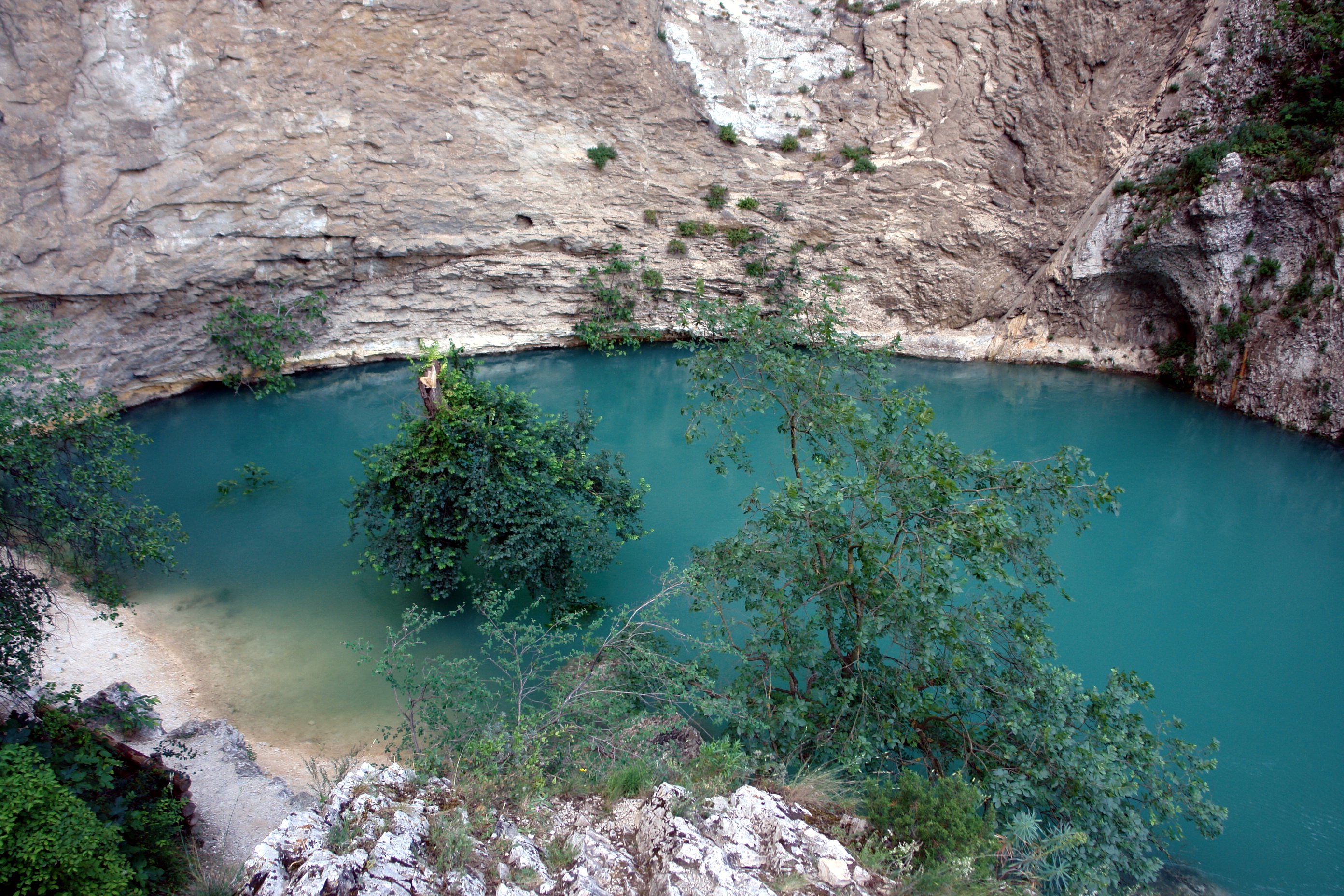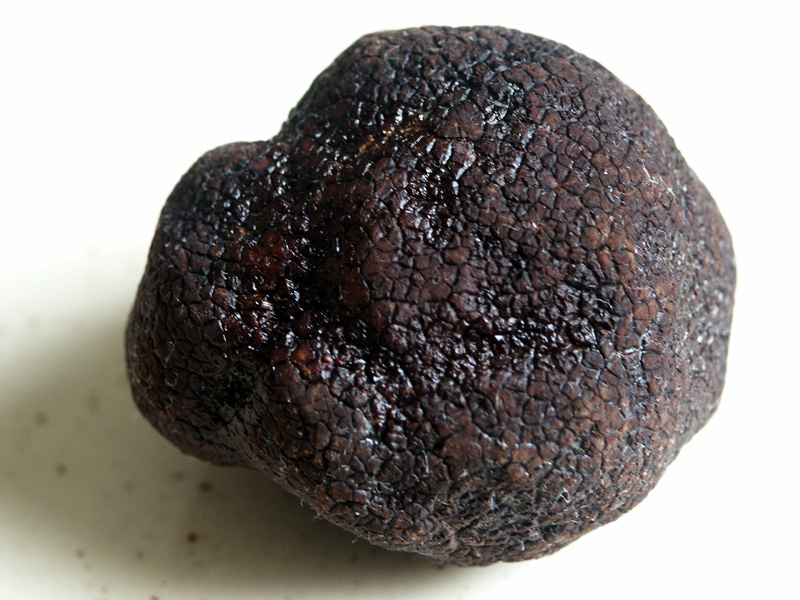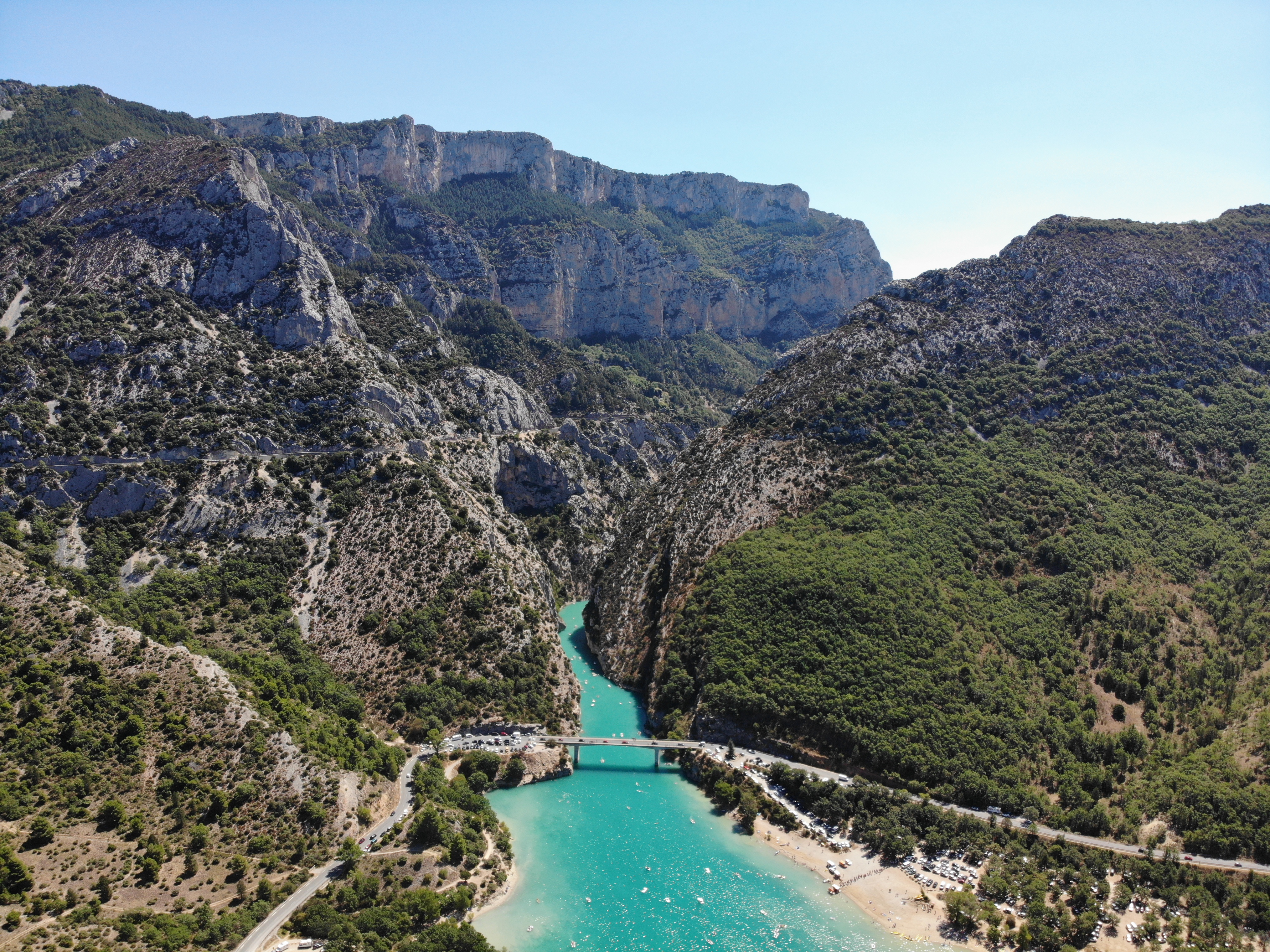|
Buoux
Buoux ju̟ːksis a commune in the Vaucluse department in the Provence-Alpes-Côte d'Azur region in southeastern France. Located on the north side of the Luberon, the town is known for the high cliffs that surround it, making it a popular venue for rock-climbing enthusiasts, as well as the ruins of a medieval fort that was built in the 13th century and destroyed in 1660. The town's population peaked in the mid 19th century with 244 inhabitants in 1836 before falling to only 44 people in 1961. The population has since rebounded some to 122 in 2006. Buoux has few industries, including tourism, with several bed-and-breakfasts and restaurants, and agriculture, with production of lavender, honey and truffles. See also *Communes of the Vaucluse department *Céüse, leading limestone rock climbing crag in France *Verdon Gorge The Verdon Gorge (French: ''Gorges du Verdon'') is a river canyon located in the Provence-Alpes-Côte d'Azur region of Southeastern France. It is about 25&nb ... [...More Info...] [...Related Items...] OR: [Wikipedia] [Google] [Baidu] |
Luberon
The Luberon ( or ; Provençal: ''Leberon'' or ''Leberoun'' ) is a massif in central Provence in Southern France, part of the French Prealps. It has a maximum elevation of and an area of about . It is composed of three mountain ranges (from west to east): Lesser Luberon (''Petit Luberon''), Greater Luberon (''Grand Luberon'') and Eastern Luberon (''Luberon oriental''). The valleys north and south of them contain a number of towns and villages as well as agricultural land; the northern part is marked by the Calavon, while the southern part is characterised by the Durance. The Luberon is often advertised under the name Lubéron (with an acute accent on top of the "e"); some dictionaries justify that the two spellings are interchangeable. The total number of inhabitants varies greatly between winter and summer, due to a massive influx of tourists during the warm season. It is a favourite destination for French high society and British and American visitors because of the pleasant ... [...More Info...] [...Related Items...] OR: [Wikipedia] [Google] [Baidu] |
Communes Of The Vaucluse Department
The following is a list of the 151 communes of the Vaucluse department of France. The communes cooperate in the following intercommunalities (as of 2022):BANATIC Périmètre des EPCI à fiscalité propre. Accessed 7 October 2022. * Métropole d'Aix-Marseille-Provence (partly) * Communauté d'agglomération du Grand Avignon (partly) * Communauté d'ag ... [...More Info...] [...Related Items...] OR: [Wikipedia] [Google] [Baidu] |
Céüse
Céüse (french: Montagne de Céüse) is a limestone mountain in the Hautes-Alpes ''département'' of France near Gap and Sigoyer. The "Pic de Céüse" is at an elevation of , and the whole massif is included in the Natura 2000 protected area. The mountain has a distinctive large horseshoe-shaped cliff (the Corniche de Céûse) which contains some of the most extreme sport climbing routes in the world. It is also the site of a ski resort. Naming According to ', the name "Céüse" comes from the Latin for flint, and also means "flint, pebble" in Occitan. Geology The mountain is an example of a perched syncline, which presents as a south-facing horseshoe-shaped limestone cliff. Ski resort The northern end of the mountain is the location of a small ski resort, called (or also the Gap Ceuse Ski Resort 2000); it was built after the Second World War and updated in the 1990s, and contains 8 lifts serving 35-kilometers of green, blue, red and black runs, from an elevation of to t ... [...More Info...] [...Related Items...] OR: [Wikipedia] [Google] [Baidu] |
Communes Of France
The () is a level of administrative division in the French Republic. French are analogous to civil townships and incorporated municipalities in the United States and Canada, ' in Germany, ' in Italy, or ' in Spain. The United Kingdom's equivalent are civil parishes, although some areas, particularly urban areas, are unparished. are based on historical geographic communities or villages and are vested with significant powers to manage the populations and land of the geographic area covered. The are the fourth-level administrative divisions of France. vary widely in size and area, from large sprawling cities with millions of inhabitants like Paris, to small hamlets with only a handful of inhabitants. typically are based on pre-existing villages and facilitate local governance. All have names, but not all named geographic areas or groups of people residing together are ( or ), the difference residing in the lack of administrative powers. Except for the municipal arr ... [...More Info...] [...Related Items...] OR: [Wikipedia] [Google] [Baidu] |
Vaucluse
Vaucluse (; oc, Vauclusa, label=Provençal or ) is a department in the southeastern French region of Provence-Alpes-Côte d'Azur. It had a population of 561,469 as of 2019.Populations légales 2019: 84 Vaucluse INSEE The department's prefecture is . It is named after a spring, the Fontaine de Vaucluse, one of the largest karst springs in the world. The nam ... [...More Info...] [...Related Items...] OR: [Wikipedia] [Google] [Baidu] |
Departments Of France
In the administrative divisions of France, the department (french: département, ) is one of the three levels of government under the national level ("territorial collectivities"), between the administrative regions and the communes. Ninety-six departments are in metropolitan France, and five are overseas departments, which are also classified as overseas regions. Departments are further subdivided into 332 arrondissements, and these are divided into cantons. The last two levels of government have no autonomy; they are the basis of local organisation of police, fire departments and, sometimes, administration of elections. Each department is administered by an elected body called a departmental council ( ing. lur.. From 1800 to April 2015, these were called general councils ( ing. lur.. Each council has a president. Their main areas of responsibility include the management of a number of social and welfare allowances, of junior high school () buildings and technical ... [...More Info...] [...Related Items...] OR: [Wikipedia] [Google] [Baidu] |
Provence-Alpes-Côte D'Azur
Provence-Alpes-Côte d'Azur (; or , ; commonly shortened to PACA; en, Provence-Alps-French Riviera, italic=yes; also branded as Région Sud) is one of the eighteen administrative regions of France, the far southeastern on the mainland. Its prefecture and largest city is Marseille. The region is roughly coterminous with the former French province of Provence, with the addition of the following adjacent areas: the former papal territory of Avignon, known as Comtat Venaissin; the former Sardinian-Piedmontese County of Nice annexed in 1860, whose coastline is known in English as the French Riviera and in French as the ''Côte d'Azur''; and the southeastern part of the former French province of Dauphiné, in the French Alps. Previously known by the acronym PACA, the region adopted the name ''Région Sud'' as a commercial name or nickname in December 2017. 5,007,977 people live in the region according to the 2015 census. It encompasses six departments in Southeastern France: Alpe ... [...More Info...] [...Related Items...] OR: [Wikipedia] [Google] [Baidu] |
Regions Of France
France is divided into eighteen administrative regions (french: régions, singular ), of which thirteen are located in metropolitan France (in Europe), while the other five are overseas regions (not to be confused with the overseas collectivities, which have a semi-autonomous status). All of the thirteen metropolitan administrative regions (including Corsica ) are further subdivided into two to thirteen administrative departments, with the prefect of each region's administrative centre's department also acting as the regional prefect. The overseas regions administratively consist of only one department each and hence also have the status of overseas departments. Most administrative regions also have the status of regional territorial collectivities, which comes with a local government, with departmental and communal collectivities below the region level. The exceptions are Corsica, French Guiana, Mayotte and Martinique, where region and department functions are managed ... [...More Info...] [...Related Items...] OR: [Wikipedia] [Google] [Baidu] |
France
France (), officially the French Republic ( ), is a country primarily located in Western Europe. It also comprises of overseas regions and territories in the Americas and the Atlantic, Pacific and Indian Oceans. Its metropolitan area extends from the Rhine to the Atlantic Ocean and from the Mediterranean Sea to the English Channel and the North Sea; overseas territories include French Guiana in South America, Saint Pierre and Miquelon in the North Atlantic, the French West Indies, and many islands in Oceania and the Indian Ocean. Due to its several coastal territories, France has the largest exclusive economic zone in the world. France borders Belgium, Luxembourg, Germany, Switzerland, Monaco, Italy, Andorra, and Spain in continental Europe, as well as the Netherlands, Suriname, and Brazil in the Americas via its overseas territories in French Guiana and Saint Martin. Its eighteen integral regions (five of which are overseas) span a combined area of ... [...More Info...] [...Related Items...] OR: [Wikipedia] [Google] [Baidu] |
Middle Ages
In the history of Europe, the Middle Ages or medieval period lasted approximately from the late 5th to the late 15th centuries, similar to the post-classical period of global history. It began with the fall of the Western Roman Empire and transitioned into the Renaissance and the Age of Discovery. The Middle Ages is the middle period of the three traditional divisions of Western history: classical antiquity, the medieval period, and the modern period. The medieval period is itself subdivided into the Early Early may refer to: History * The beginning or oldest part of a defined historical period, as opposed to middle or late periods, e.g.: ** Early Christianity ** Early modern Europe Places in the United States * Early, Iowa * Early, Texas * Early ..., High Middle Ages, High, and Late Middle Ages. Population decline, counterurbanisation, the collapse of centralized authority, invasions, and mass migrations of tribes, which had begun in late antiquity, continued i ... [...More Info...] [...Related Items...] OR: [Wikipedia] [Google] [Baidu] |
Truffles
A truffle is the fruiting body of a subterranean ascomycete fungus, predominantly one of the many species of the genus ''Tuber''. In addition to ''Tuber'', many other genera of fungi are classified as truffles including '' Geopora'', '' Peziza'', ''Choiromyces'', '' Leucangium'', and over a hundred others. These genera belong to the class Pezizomycetes and the Pezizales order. Several truffle-like basidiomycetes are excluded from Pezizales, including '' Rhizopogon'' and ''Glomus''. Truffles are ectomycorrhizal fungi, so they are usually found in close association with tree roots. Spore dispersal is accomplished through fungivores, animals that eat fungi. These fungi have significant ecological roles in nutrient cycling and drought tolerance. Some truffle species are highly prized as food. French gastronome Jean Anthelme Brillat-Savarin called truffles "the diamond of the kitchen". Edible truffles are used in Italian, French and numerous other national . Truffles are cult ... [...More Info...] [...Related Items...] OR: [Wikipedia] [Google] [Baidu] |
Verdon Gorge
The Verdon Gorge (French: ''Gorges du Verdon'') is a river canyon located in the Provence-Alpes-Côte d'Azur region of Southeastern France. It is about 25 km (15.5 mi) long and up to 700 metres (0.4 mi) deep. It was formed by the Verdon River, which is named for its turquoise-green colour, one of the location's distinguishing characteristics. In between the towns of Castellane and Moustiers-Sainte-Marie, the river has cut a ravine to a depth of 700 meters through the limestone mass. At the end of the canyon, the Verdon flows into the artificial Lake of Sainte-Croix. The gorge is very popular with tourists, who can drive around its rim, rent kayaks to travel on the river, or hike. The limestone walls, which are several hundreds of metres high, attract many rock climbers. It is considered an outstanding destination for multi-pitch climbing, with 1,500 routes available ranging from 20 metres (65 feet) to over 400 metres (1,300 feet). History During the Triass ... [...More Info...] [...Related Items...] OR: [Wikipedia] [Google] [Baidu] |





